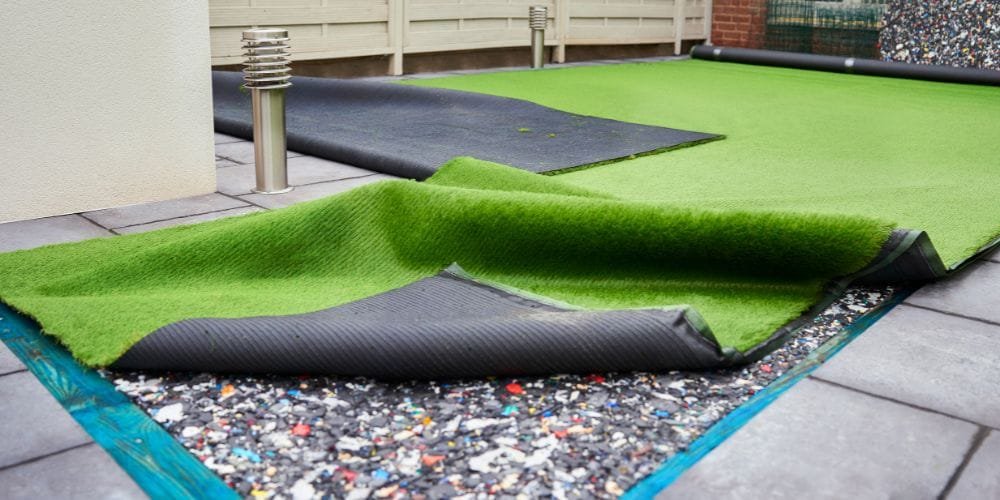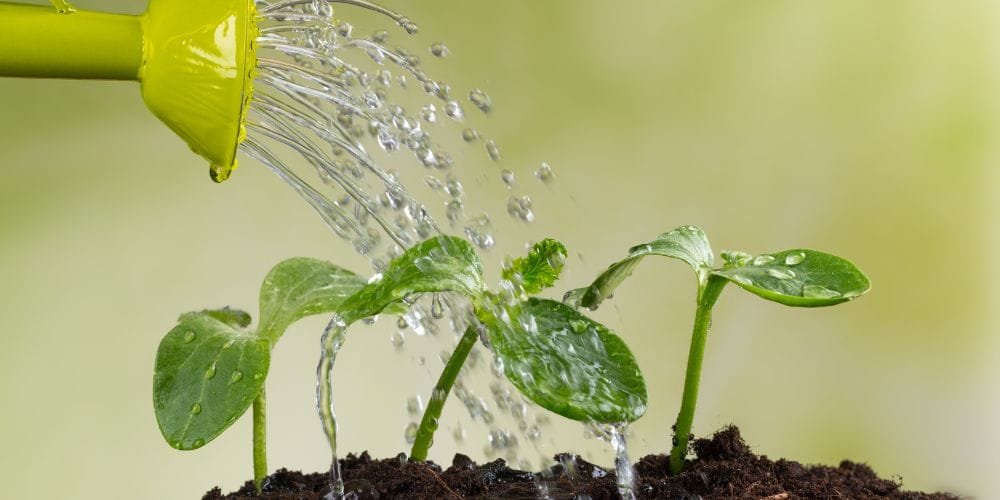In agriculture, landscaping, and various other fields, the importance of irrigation systems must be balanced. They are necessary to meet the increasing demand for food, proper irrigation of green spaces, and landscape development. This article discusses mechanical irrigation, its types, and its purpose across multiple fields.
What is Irrigation?
Irrigation is the artificial process of directly applying water to soil to cultivate crops, maintain landscapes, or resuscitate soils in dry areas and during periods with minimal rainfall. The concept of irrigation has existed since ancient times, with early civilizations using native techniques to practice agriculture.
Types of Irrigation Systems

One can categorize irrigation systems into various types depending on the landscapes, crops, and environments involved. They include:
- Surface Irrigation: This is the conventional method. Flooding or channeling water across the soil surface allows it to infiltrate and access plant roots. This method benefits flat landscapes, although it is associated with inefficiencies such as water runoff and distribution.
- Drip Irrigation: Drip irrigation conveys water by pipelines to emitters near the plant bases. This method reduces water wastage by channeling water directly to the root zone, making it the most water-efficient and appropriate for any crop and landscape.
- Sprinkler Irrigation: Sprinkler irrigation, which delivers water utilizing overhead spray heads, is similar to rainfall. It is used in various soil types and conditions but wastes water due to evaporation and wind-speed-driven water movement.
- Subsurface Irrigation: Subsurface irrigation delivers water below the soil surface using pipelines and several valves. It minimizes evaporation losses and surface water waste. It is a water-saving technique that also prevents nutrient wastage.
Methods of Irrigation System (Traditional vs Modern Method)
Traditional irrigation methods, such as surface irrigation, have been used for hundreds of years and are still actively used today. Although they are relatively cheap and easy to execute, they are associated with some weaknesses, including water loss.
Modern irrigation methods, such as drip and sprinkler systems, are based on contemporary technology and usage. Because of that, many sensors and timers, precise equipment, and other components of such systems allow for the control of soil humidification, weather conditions, and plant type and quantity.
Importance of Irrigation System
The relevance of irrigation systems refers to increasing agricultural production and environmental friendliness, water saving, and economic development. Some of the many reasons for the importance of installing irrigation systems are:
- Firstly, this is the ability to increase crop productivity due to a stable water supply, which reduces the variability of yields due to drought or excessive precipitation.
- Secondly, there is the possibility of irrigation, which allows water to be fed to the roots of the plants and not wasted, saving water in territories with a shortage.
- Thirdly, soil irrigation allows you to maintain the optimal moisture level, preventing soil erosion and degradation and maintaining the ability to use land for crops.
- Fourth, this is landscaping using irrigation, which allows you to maintain the color range and shape of gardens and lawns.
Applications of Irrigation Systems in Various Fields
Irrigation systems are widely utilized in different fields, including agriculture, landscaping, sports turf management, and golf course nurseries, to mention a few:
Agriculture: Irrigation systems are critical to agriculture due to the lack of precipitation; without them, no crops would be possible in dry or semi-dry weather conditions.
Landscaping: Professional landscapers and amateur gardeners can only maintain the health of their plants, bushes, or lawns with an efficient irrigation system.
Sports Turf Management: Football and baseball stadiums need unique irrigation systems to prevent their playing fields from being damaged by continuous use and plenty of cast shoes.
Golf Course Nurseries: Professional golf players and fans take the condition of the surface of greens and fairways very seriously – and the world’s modern irrigation systems ensure their quality.
Factors to Consider When Choosing an Irrigation System
There are several factors to consider when selecting irrigation systems to achieve optimal performance and efficiency:
Topography and Soil Type: The type of soil and the slope at which the irrigated land lies are crucial determinants when selecting an irrigation system. For example, surface irrigation might lead to water running off in sloped areas; hence, drip or sprinkler systems would be appropriate. Soil texture determines the rate at which water percolates into the ground, while additional factors, such as soil drainage capacity, affect water-holding capacity.
Water Source and Availability: When choosing the right irrigation system, one must consider the water source and availability. A water source may be a well, a river, or municipal water; its quality and availability will also directly impact the choice. It is necessary to determine the seasonal fluctuations, potential restrictions announced by the authorities, and the water’s pH level and salinity if used for cultivation.
Crop or Plant Requirement: Prior knowledge of different crop or plant water requirements is vital to building an effective irrigation system. Some crops, like rice and cranberries, need flooding, which makes surface irrigation worthwhile. However, drip irrigation is best if crops such as tomatoes and citrus fruits are cultivated and watered at the root zone. The development stages of crops, including seedling, vegetative, and reproductive, can also be considered when adjusting irrigation cycles and magnitudes.
Budget and Resource Constraints: Most importantly, the choice of irrigation type should consider economic feasibility, including initial purchase and operational costs. Newer technologies might show high efficiency and water-saving capacity. However, as a rule, the newer is not the cheaper, and quite frequently, improved performance is associated with more significant investment.
Nevertheless, a cost-benefit analysis should reflect on the expected end gain from the implementation: overall water savings, low water reduction, or labor used. The availability of labor, professional installation and maintenance, spare parts, and technical support is essential, as this determines the lifespan and quality of the irrigation applied.
Quick Irrigation Overview
Traditional and modern irrigation methods have varying efficiency, precision, and sustainability advantages.
Drip irrigation, for instance, allows for direct water supply to the root zone with minimal evaporation and runoff. It is highly efficient when growing row crops and orchards and precisely controls water supply, nutrients, and soil moisture levels.
Sprinkler systems, on the other hand, distribute water through sprinklers located overhead, allowing for uniform water spreading across broad areas. They are versatile and might be viable on various soil types and terrains. They are also suitable for both agricultural utilization and landscaping.
Besides, surface irrigation is less efficient yet still in use; this includes flood irrigation, which is still common when abundant water is available. It is inexpensive, easy to install, and commonly utilized by traditional farmers.
Each method is useful for agricultural purposes, landscaping, and recreational venues. Therefore, when selecting the irrigation mechanism, it is essential to consider the size, choice of crops, and budget available to maximize efficiency and productivity and ensure sustainability.
Conclusion
Irrigation systems are vital for enhancing agricultural productivity, environmental sustainability, and the aesthetics of any given space. Blades of Glory Landscaping Services acknowledges the significance of irrigation systems in achieving and sustaining beautiful gardens and outdoor spaces.
By adopting cutting-edge irrigation systems and practices, you can get the best of the landscaping deals with uniquely satisfying solutions according to your needs and always ensure well-watered greenery and lush environments.
References:
https://www.rivulis.com/exploring-different-types-of-irrigation-and-their-applications
https://www.groundscapes.com/blog/the-importance-of-irrigation
https://wikifarmer.com/factors-to-consider-when-selecting-an-irrigation-system






